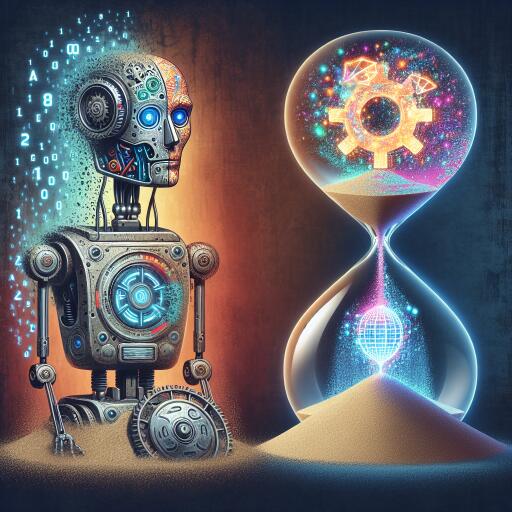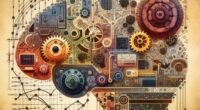Understanding the Evolving Nature of AI Models
At the core of modern technology lies Artificial Intelligence (AI), a field that encompasses computational systems designed to perform tasks typically requiring human intelligence. AI models, built through machine learning techniques, aim to predict outcomes, learn from data, and adapt to new information. These models integrate various components such as neural networks and learned parameters, which are refined during training to make accurate predictions or classifications.
Varieties of AI Models and Their Applications
AI models are not one-size-fits-all; they vary significantly in design and purpose. Supervised learning models, for example, are trained on labeled data to predict outcomes like spam detection or house price estimates. Unsupervised learning models sift through unlabeled data to identify patterns, proving invaluable for customer segmentation. Meanwhile, reinforcement learning models iterate over actions to maximize rewards, fueling advancements in autonomous vehicles and game-playing agents. Generative models, like the renowned ChatGPT, are capable of producing new content similar to their training data, facilitating breakthroughs in chatbots, language translation, and more.
The application of AI spans from natural language processing and computer vision to recommendation systems and beyond, revolutionizing sectors including healthcare, finance, and autonomous driving.
The Challenge of Data Drift and AI Model Obsolescence
Despite their ingenuity, AI models face the inevitable challenge of becoming outdated. Changes in the underlying data, known as data drift, can erode the effectiveness of a model. Recognizing this, organizations endeavor to keep their AI models accurate and reliable by adapting them to new data patterns and trends.
Artificial Intelligence is a rapidly advancing field, with daily developments in algorithms, architectures, and methods. Therefore, an outdated AI model may suffer from declining performance due to an inability to process new data types or solve evolving use cases effectively. Regular assessments ensure AI models remain relevant and preclude potential issues arising from misalignment with current needs.
Historical Limitations and the Path Forward
Consider ELIZA, one of the earliest AI models, which was limited to scripted pattern matching. While adequate for conversations about oneself, ELIZA struggled with topics beyond its script, leading to nonsensical exchanges. This limitation underscores the significance of evolving AI models to handle new or emerging data types and use cases.
Technological mismatch is another issue, where AI models may not integrate with new hardware or software standards. The first-generation IBM Watson for Healthcare exemplifies this, struggling to adapt to modern data standards and processing technologies within the industry.
Maintaining Relevance: Updates and Feedback Loops
To prevent AI models from becoming obsolete, regular monitoring, and evaluation are crucial. They enable early detection of performance issues, facilitating timely updates or replacements. Incorporating user feedback into the AI model lifecycle allows models to evolve with user needs and data environments. Periodic retraining with fresh data ensures models remain accurate and relevant. Additionally, emerging technologies and methodologies, such as quantum computing and federated learning, promise to enhance AI models’ adaptability and longevity.
In conclusion, while AI models can indeed become outdated, strategic maintenance, continuous evaluation, and adoption of emerging technologies can ensure their ongoing relevance and effectiveness. As the field of AI continues to evolve, so too must the models it produces, adapting to new data, technologies, and societal needs to remain at the forefront of innovation.









